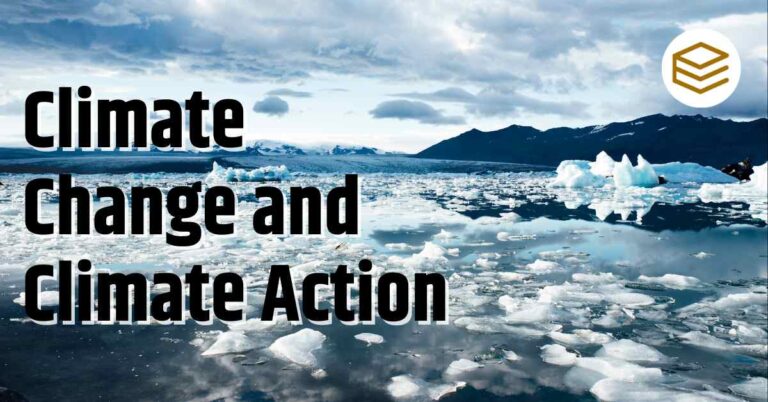October 25, 2025 12:33 am
Introduction
The Millennium Development Goals (MDGs) were a set of eight global objectives established in 2000 by the United Nations (UN) to address the world’s most pressing development challenges. Adopted as part of the Millennium Declaration, the MDGs aimed to improve social and economic conditions in the world’s poorest countries by 2015. These goals provided a framework for global development efforts and served as a precursor to the Sustainable Development Goals (SDGs).
The Eight Millennium Development Goals
| Goal | Description | Key Targets |
|---|---|---|
| Goal 1: Eradicate Extreme Poverty and Hunger | Halve the proportion of people living on less than $1.25 per day and those suffering from hunger. | – Achieve full and productive employment. – Reduce the proportion of undernourished people. |
| Goal 2: Achieve Universal Primary Education | Ensure that all children, boys and girls alike, complete a full course of primary schooling. | – Increase net enrollment rates in primary education. |
| Goal 3: Promote Gender Equality and Empower Women | Eliminate gender disparity in education and empower women socially and economically. | – Eliminate gender disparity at all levels of education. |
| Goal 4: Reduce Child Mortality | Reduce the under-five mortality rate by two-thirds. | – Increase immunization coverage for preventable diseases. |
| Goal 5: Improve Maternal Health | Reduce maternal mortality by three-quarters and achieve universal access to reproductive health. | – Ensure skilled birth attendance. – Provide access to family planning services. |
| Goal 6: Combat HIV/AIDS, Malaria, and Other Diseases | Halt and reverse the spread of HIV/AIDS, malaria, and other major diseases. | – Provide access to antiretroviral treatment. – Distribute insecticide-treated bed nets. |
| Goal 7: Ensure Environmental Sustainability | Integrate sustainable development into national policies and reverse the loss of environmental resources. | – Halve the proportion of people without access to safe drinking water. – Improve the lives of slum dwellers. |
| Goal 8: Develop a Global Partnership for Development | Build partnerships between developed and developing nations to address systemic global challenges. | – Make essential drugs affordable. – Improve access to technology and markets. |
Origins and Adoption
1. Millennium Summit (2000)
- The Millennium Summit, held in New York, was the largest gathering of world leaders at the time, with 189 member states endorsing the Millennium Declaration.
- The MDGs were derived from this declaration to create measurable targets and indicators for global development.
2. Rationale for the MDGs
- Address global disparities in health, education, gender equality, and environmental sustainability.
- Foster partnerships between developed and developing nations to achieve shared goals.
- Focus on time-bound targets for accountability and progress measurement.
Key Achievements of the MDGs
1. Poverty Reduction
- The proportion of people living in extreme poverty fell from 36% in 1990 to 12% in 2015.
- Over 1 billion people were lifted out of poverty, particularly in regions like East Asia and Sub-Saharan Africa.
2. Education
- Primary school enrollment in developing regions reached 91% by 2015, up from 83% in 2000.
- Literacy rates among youth aged 15–24 improved significantly, with 91% literacy in 2015.
3. Gender Equality
- 90% of girls globally had access to primary education by 2015.
- Women’s representation in national parliaments doubled, reaching an average of 22% globally.
4. Health Improvements
- Child Mortality: The global under-five mortality rate declined by 53%, from 90 deaths per 1,000 live births in 1990 to 43 in 2015.
- Maternal Mortality: Maternal deaths dropped by 45% worldwide.
- HIV/AIDS and Malaria: New HIV infections declined by 40%, while malaria-related deaths fell by 58% due to widespread use of insecticide-treated bed nets.
5. Environmental Sustainability
- Safe Drinking Water: The proportion of the global population with access to improved water sources rose from 76% in 1990 to 91% in 2015.
- Renewable Energy: Progress was made in increasing the share of renewables in the global energy mix.
Challenges and Shortcomings
1. Persistent Inequalities
- Regional Disparities: While progress was notable in East Asia, regions like Sub-Saharan Africa lagged behind in poverty reduction and healthcare access.
- Gender Gaps: Despite improvements, gender disparities in secondary education and political representation persisted.
2. Unmet Goals
- Hunger: Although significant progress was made, 1 in 9 people globally remained undernourished.
- Sanitation: Nearly 2.4 billion people lacked access to improved sanitation facilities by 2015.
3. Financing Gaps
- Development financing fell short of commitments, limiting the scale and impact of programs in low-income countries.
4. Data and Monitoring
- Many developing nations faced challenges in collecting accurate and timely data, affecting progress measurement.
Legacy of the MDGs
1. Foundation for the SDGs
- The MDGs highlighted the importance of measurable targets, inspiring the broader and more comprehensive Sustainable Development Goals (SDGs) in 2015.
- Lessons from the MDGs informed the SDGs’ emphasis on inclusivity and interconnectedness.
2. Mobilization of Resources
- The MDGs spurred increased international aid, with Official Development Assistance (ODA) reaching $135 billion annually by 2015.
3. Strengthened Partnerships
- Fostered collaboration among governments, non-governmental organizations, and private sector entities to tackle global challenges.
Comparative Analysis: MDGs vs. SDGs
| Aspect | Millennium Development Goals (MDGs) | Sustainable Development Goals (SDGs) |
|---|---|---|
| Adoption Year | 2000 | 2015 |
| Number of Goals | 8 | 17 |
| Focus | Poverty reduction and basic human needs | Comprehensive approach covering social, economic, and environmental dimensions |
| Scope | Developing countries | Universal, applicable to all countries |
| Targets and Indicators | 21 targets, 60 indicators | 169 targets, 231 indicators |
Case Studies: MDG Implementation
1. Ethiopia – Goal 4 (Child Mortality Reduction)
- Achieved a 67% reduction in under-five mortality between 1990 and 2015.
- Initiatives included community-based health programs and immunization campaigns.
2. India – Goal 1 (Poverty Eradication)
- Lifted over 270 million people out of poverty from 1990 to 2015 through targeted social programs and economic reforms.
3. Vietnam – Goal 2 (Universal Primary Education)
- Achieved a 98% primary school enrollment rate by 2015, emphasizing rural education and gender parity.
Conclusion
The Millennium Development Goals were a landmark initiative in global development, setting a precedent for coordinated action and measurable progress. While significant strides were made in poverty reduction, education, and healthcare, persistent challenges underscored the need for a more comprehensive and inclusive framework. The lessons learned from the MDGs continue to guide the global community in its pursuit of sustainable development through the 2030 Agenda and the Sustainable Development Goals (SDGs).






[…] prosperity, and sustainability for people and the planet. This transformative agenda builds on the Millennium Development Goals (MDGs) and outlines 17 Sustainable Development Goals (SDGs) and 169 associated targets, aiming to […]
[…] Millennium Development Goals (MDGs): A Comprehensive Analysis […]
[…] Millennium Development Goals (MDGs): A Comprehensive Analysis […]
[…] Millennium Development Goals (MDGs): A Comprehensive Analysis […]